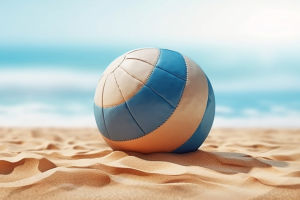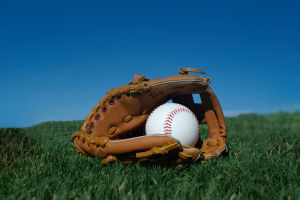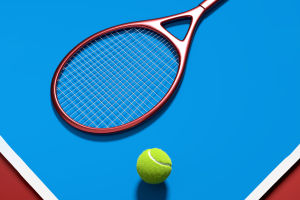Hey, Lykkers! Ever watched a game of billiards and wondered how the pros make those impossible-looking shots?
It's not just skill - there's some serious science behind it.
Let's dive into the physics that can turn your average shot into a perfect one!
The Role of Physics in Billiards
Billiards is a game deeply rooted in the principles of physics. Every time you take a shot, you're dealing with how objects move, how forces act on them, and how they respond to those forces. The challenge lies in getting the cue ball to hit another ball just right, guiding it toward a pocket. But what's really happening during that moment of impact? There's a lot more going on than you might think.
Newton's Laws in Action
Newton's laws of motion are key players in every shot you make on the billiard table. When you strike the cue ball, you're setting it in motion according to the first law, which explains that an object will keep moving unless something slows it down, like the friction of the table or the resistance of the air.
The second law, which connects force and acceleration, explains why a stronger hit sends the ball speeding across the table. The harder you hit, the faster it goes.
And then there's the third law, which states that for every action, there's a reaction that's just as strong but in the opposite direction. You see this clearly when two balls collide; the energy from the cue ball transfers to the other, causing it to move.
Amazing BILLIARDS PHYSICS in Super Slow Motion
Video by DrDaveBilliards
Spin: The Secret Sauce
Now, let's talk about spin. Applying spin to the cue ball adds another layer of complexity. When you hit the ball slightly off-center, you're not just making it move forward; you're also making it rotate. This spin can change how the ball interacts with the table and other balls, creating different outcomes.
For example, a topspin can make the ball roll forward faster after impact, while a backspin can slow it down or even reverse its direction. A bit of side spin can make the ball curve, allowing you to navigate around obstacles on the table.
The Geometry of the Game
Understanding the angles involved is crucial to becoming a better billiards player. When the cue ball hits a cushion or another ball, the way it bounces off is predictable if you know the right angle. The rule here is simple: the angle at which the ball hits a surface is the same as the angle at which it bounces away. This knowledge lets skilled players plan shots that seem almost impossible.
Practice Makes Perfect
Knowing the science behind billiards can give you an edge, but nothing beats practice. The more you play, the better you'll get at controlling the cue ball, judging angles, and using spin to your advantage. So, hit the table, experiment with different techniques, and watch your game improve as you start mastering the physics of the perfect shot.


